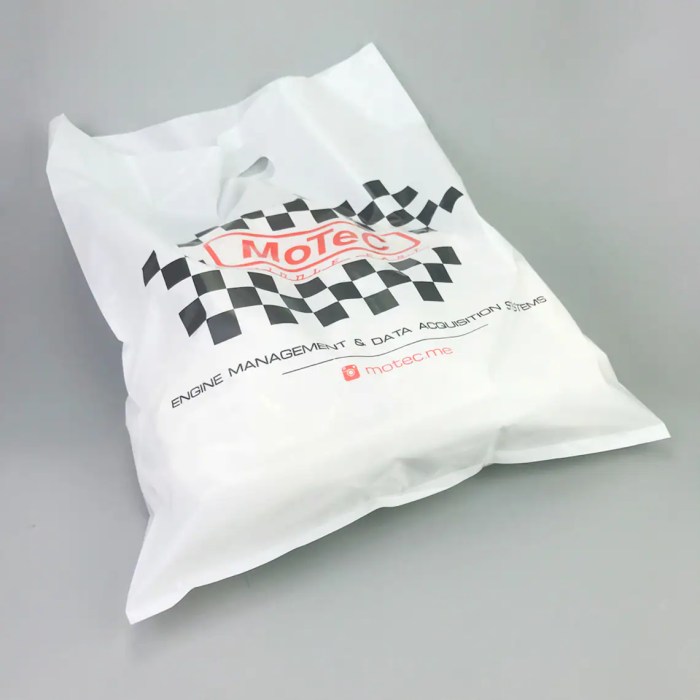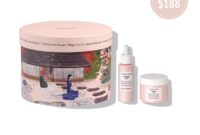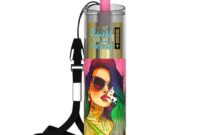Introduction to Customized Shopping Bags with Logo: Customized Shopping Bags With Logo Reviewed By 1000+ Users #97
Customized shopping bags have emerged as a vital tool for branding in today’s competitive market. These bags not only serve a functional purpose but also act as a mobile advertisement for businesses. As consumers become increasingly environmentally conscious, these bags have gained popularity, providing an opportunity for brands to showcase their logos while promoting sustainability. User feedback plays a crucial role in understanding their effectiveness, with over a thousand reviews highlighting various experiences. Many users report enhanced customer satisfaction and loyalty attributed to the appealing design and practicality of these personalized bags.
Materials Used in Customized Shopping Bags, Customized shopping bags with logo reviewed by 1000+ users #97
The choice of materials used in customized shopping bags significantly impacts their quality, durability, and eco-friendliness. Common materials include:
- Canvas: Known for its durability and sturdiness, canvas bags are reusable and can carry heavy loads. However, they may not be as eco-friendly if not sourced responsibly.
- Polypropylene: This non-woven material is lightweight and water-resistant, making it suitable for various uses. While affordable, it may not be biodegradable.
- Jute: An eco-friendly option with a rustic appeal, jute bags are biodegradable and reusable, though they may not be as durable as synthetic alternatives.
- Biodegradable plastics: These are designed to break down more quickly than traditional plastics, addressing environmental concerns while offering versatility.
Each material possesses unique benefits and drawbacks in terms of quality and durability. For example, canvas bags often last longer but can be more costly, whereas polypropylene bags might not withstand heavy use.
Design Options for Customized Shopping Bags
Design plays a crucial role in the effectiveness of customized shopping bags. Various elements can be customized to enhance branding:
- Color: Bright and bold colors tend to attract attention, enhancing brand visibility.
- Shape: Unique shapes can differentiate a brand from competitors, making the bag more memorable.
- Size: Different sizes cater to various needs, whether for groceries or promotional giveaways.
Innovative trends such as minimalistic designs or the incorporation of interactive elements are gaining traction among users, providing new ways to engage consumers.
Printing Methods for Logos on Shopping Bags
The technique used to print logos on shopping bags directly influences the quality and cost-effectiveness of branding. Common methods include:
- Screen Printing: This traditional method is cost-effective for large batches but may have limitations in color complexity.
- Digital Printing: Ideal for detailed designs, digital printing offers flexibility for small quantities, although it may be pricier.
- Embroidery: While providing a premium look, embroidery is often more expensive and best suited for smaller logos on fabric bags.
Understanding the pros and cons of each method helps businesses choose the most suitable option based on budget and branding goals.
User Reviews and Ratings of Customized Shopping Bags

Feedback from users reveals important insights into the quality and performance of customized shopping bags. Common themes in reviews include:
- Quality: Many users appreciate the durable materials and craftsmanship.
- Functionality: Users highlight the practicality of bags for everyday use.
- Design: Aesthetically pleasing designs contribute to positive user experiences.
However, some criticisms revolve around the longevity of the print and the environmental impact of certain materials, indicating areas for improvement.
Applications of Customized Shopping Bags in Different Industries
Customized shopping bags are utilized across various sectors, including:
- Retail: Stores often use these bags for promotions and to enhance brand recognition.
- Events: Companies utilize bags for giveaways at trade shows, boosting visibility.
- Food and Beverage: Restaurants employ branded bags for takeout orders, promoting their brand during transit.
Success stories illustrate the impact of these bags in marketing campaigns, where increased visibility leads to higher customer engagement.
Cost Considerations for Customized Shopping Bags
Several factors influence the cost of customized shopping bags:
- Material: Premium materials incur higher costs, while budget options are available for cost-conscious brands.
- Customization Level: More complex designs or multiple colors increase production costs.
- Order Quantity: Bulk orders typically reduce the price per unit, making them more economical.
Businesses must weigh these factors to determine the most cost-effective approach for their needs.
Environmental Impact of Customized Shopping Bags
The sustainability of customized shopping bags is a growing concern among consumers. Many brands are moving toward environmentally friendly practices, such as:
- Using recyclable or biodegradable materials.
- Implementing energy-efficient production methods.
- Encouraging consumers to reuse bags to reduce waste.
Statistics show an increasing consumer preference for eco-friendly options, influencing brand choices in material selection.
Tips for Choosing the Right Customized Shopping Bag
Selecting the right customized shopping bag involves careful consideration of several factors:
- Branding Needs: Identify core branding elements to ensure the bag represents your brand effectively.
- Target Audience: Understand the preferences of your customers to select appealing designs and materials.
- Vendor Evaluation: Assess potential suppliers based on quality, pricing, and reviews to ensure reliable service.
A checklist can help streamline the decision-making process, ensuring that all essential elements are considered.
Future Trends in Customized Shopping Bags
The market for customized shopping bags is evolving, with several emerging trends on the horizon:
- Increased Use of Smart Technology: Innovative features such as QR codes and embedded NFC chips may enhance interaction.
- Focus on Minimalism: A shift towards simpler designs may resonate with environmentally conscious consumers.
- Expansion of Customization Options: Advances in printing technology may allow for greater personalization and variety.
As consumer preferences shift, businesses must adapt to remain relevant in this competitive landscape.


